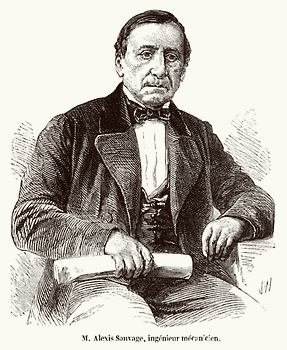
All the Paris newspapers have recently paid, for compensation for oblivion and the misfortunes of his life, a fair tribute of praise to the memory of Frederic Sauvage, inventor of the propeller. (See issue 753 of l’Illustration).
Today we have to add to the martyrology of inventors the name of Jean-Augustin-Alexis Sauvage, another engineer-inventor-mechanic, who just died in Passy. Would it then be true, as it has been said, that every man of genius …Read more »
Tags: characters, engineer, L'Illustration, obituary
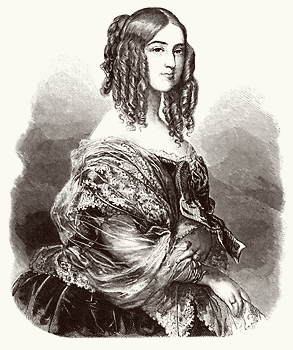
We’re coming back today to the sad event which has once again plunged into pain a family already sorely distressed by tragedy. As such, we owe them our sympathy, and it is with sadness and respect that, in publishing the portrait of the Duchess of Nemours, whose life seemed meant to be, if not happy, at least long and peaceful, we bow before this …Read more »
Tags: characters, french, L'Illustration
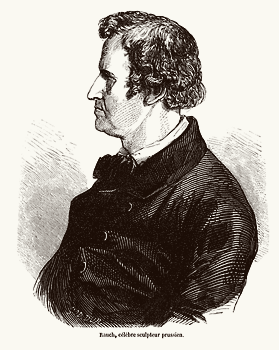
Christian Rauch, the greatest sculptor in Germany, the artist with grandiose ideas who could have made the gigantic dream of Dinocrates come true, has just died in Dresden, laden with years and glory.
setting out from the lower ranks of society, he rose, through hard work and genius, to the highest dignities. He was professor of sculpture at the Academy of Fine Arts in Berlin and knight of the Order of the Prussian Red Eagle when death overtook him. …Read more »
Tags: characters, Europe, Germany, L'Illustration, obituary, sculpture
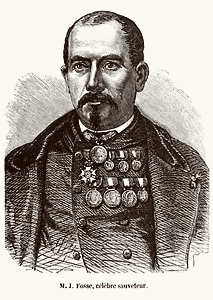
Jacques Fosse, merchant in Beaucaire, was gifted with one of those vigorous natures and powerful constitutions to which danger is a spur, and it is therefore not surprising that Fosse has become the major rescuer of southern France and of all places where there’s been dangers to be faced and lives to be saved.
Fosse was ten years old when, for the first time, he gave …Read more »
Tags: characters, french, L'Illustration
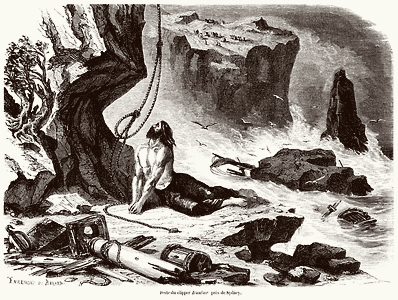
The latest news from Australia let us know of the loss, with all hands, of the english ship Dunbar, which ran aground one mile away from Port Jackson, in the night of 20th to 21st of August 1857, during a hurricane that had been lasting since the 18th.
Here are some details about this shipwreck, from which only one crew member of the Dunbar escaped, out of one hundred and twenty people, including both crew and passengers, who were on board at the time of the disaster.
The Dunbar, 1,321 tons, had left Plymouth under Captain …Read more »
Tags: Australia, L'Illustration, scenes, sea, shipwreck, tempest
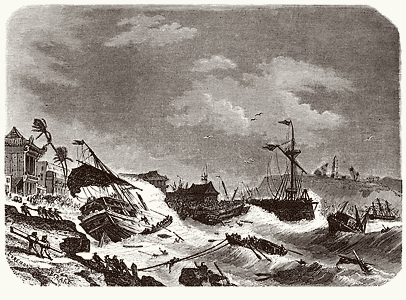
We know typhoons are impetuous winds that blow in several directions at the same time and cause terrible disturbances, particularly at sea, where it becomes impossible to steer. The Greek word tuphein, which means burn, ignite, is an image of the effects generated by typhoons, whose name derives from the greek verb.
A typhoon violently hit Caste-to-Peak Bay on the night of 30 September to 1 October. The inland port of Macao has been …Read more »
Tags: Asia, China, scenes, sea, ship, shipwreck, tempest
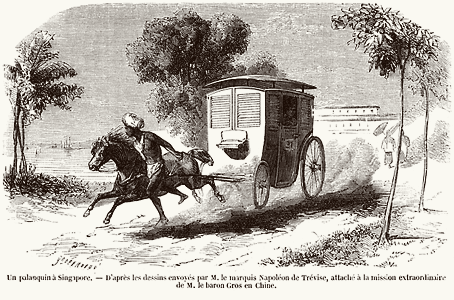
In the daytime, Europeans stay inside their houses: the sun, whose rays heat up the reddish volcanic dust of the alleys, doesn’t allow them to go for walks. When business calls them to the malaysian city, they get in their palanquin, a long and narrow carriage in which two people only can sit, opposite one another. The palanquin is hitched up to a small persian horse, led by a Hindu who walks, runs or gallops in front or at the side of the carriage. In the evening, when the sun has disappeared from the horizon and the sea breeze rises, Europeans go for rides on horses or in palanquins, on an avenue that runs along the bay or on roads that lead, through various places, to the inner island.
Extract from L’Illustration, N° 772 on 12 December 1857.
Tags: Asia, horse, L'Illustration, scenes, Singapore, transportation









